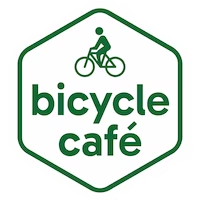Cycling in North Brabant
Find your route in 3 steps
Plan your own route
Via the junction network
Make your own cycle route through North Brabant using the junction system. Follow the familiar direction signs from one junction to the next and cycle along your chosen route.
To the planner
Cycle routes with a unique story
-
TOP Scenic Routes
TOP Scenic Routes
North Brabant is a No. 1 destination for those looking for a good nature experience.
View routes
-
Van Gogh routes
Van Gogh routes
Explore the Brabant landscape that captured Vincent van Gogh’s heart.
View routes
-
Sagas & Legends routes
Sagas & Legends routes
With the special Sagas & Legends routes in Brabant, not only do you discover the best places but also the regional stories that lie behind them.
View routes
-
Border stories routes
Border stories routes
Smugglers, closed borders and borderless conspiracies: the Brabant borders have a rich history.
View routes








































